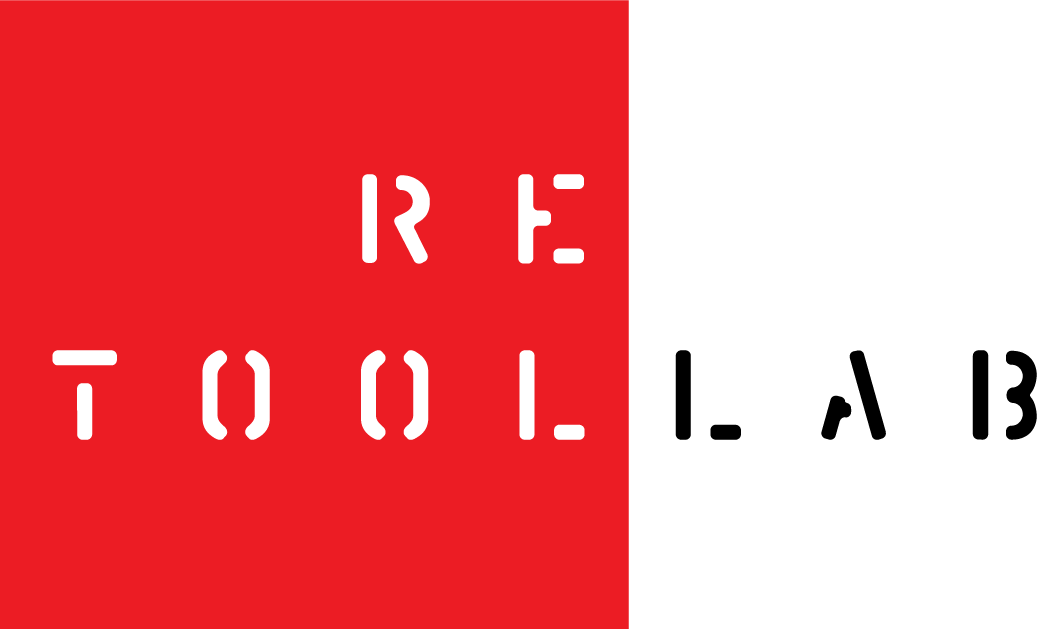Watching the Aquarium slip beneath the waves.
Initially published September 8, 2020
For the last sixty-four years, Canadians have learned about the ocean from the Vancouver Aquarium, a leader rescuing and rehabilitating marine life whose research adds vital knowledge to the world’s understanding of oceanographic science. It’s cliché to say we know the surface of the moon better than our own ocean floors but, thanks to this place, more than 1.2 million visitors per year have seen what is hidden beneath the waves.
All that is now in jeopardy because its business model depends on gate receipts for over 80% of revenues: when people stop visiting there is simply no money and, thanks to COVID-19, no one has been visiting. So the Aquarium has closed indefinitely. A skeleton staff will keep the animals alive, but over 200 staff members have been laid off.
While it is true that museums have been vulnerable to the pandemic, the Vancouver Aquarium should have focused sooner on connecting with new audiences.
A decade ago, under different leadership, the Aquarium tried breaking away from being just a tourist attraction. By hatching ambitious plans to promote its reputation as a world leader in oceanographic research, and to be an umbrella organization for other environmental organizations wanting support and leadership, it understood Canada – if not the whole world – should be its community. So it created broad channels enabling half a billion people to engage with its work.
Those channels have now been disbanded: before COVID all but two of its social media writers were laid-off, making communicating to a broader audience impossible. This only perpetuates a limited view of the Aquarium as a wildlife-based theme park, not as an important and world leading research organization adding vital knowledge to conservation science.
Its mission is not about being a tourist attraction but the Vancouver Aquarium isn’t adequately addressing “what business are we really in?” and “what is our core purpose?” To be relevant in a changing world it has to continue examining its unique value and how it is making a difference.
Museums should be about the stories they tell, not just the place where they tell them. Storytelling is not a marginal activity. People have an appetite for deeper accounts of history and science that tell us where society is going. Harvard Business School professor Rosabeth Moss Kanter advises organizations to “think outside the building,” to be a place in the mind, a place for ideas that engage people everywhere.
Content development in this disruptive time, however, represents a huge opportunity. In 2019, 6.8 million people visited the British Museum; 18,600 daily. But a recent report produced by John Stackhouse for RBC notes that during the quarantine, the British Museum had 75,000 online visitors daily – which translates to a little more than 27 million visitors per year. The time of measuring success based on the turnstile has passed.
Admittedly the Aquarium can’t succeed as just a digital storytelling platform – it needs the grounding and reality of being a living institution as well. But its status as British Columbia’s most visited attraction gave it the necessary base to expand its stature as a storyteller.
As a unique and a necessary organization, the Vancouver Aquarium is worth saving.
Death at Seaworld author David Kirby vindicated the Aquarium, applauding their view that “the answer to problems such as pollution and orca-habitat spoilage was not to build a Noah’s ark of ‘human care,’ the answer was to heal the sea.” And as a laboratory for innovation about the environment, oceans, water, marine life, Professor Andrew Trites, director of the Marine Mammal Research Unit at the University of British Columbia, says the Aquarium is “an incredible resource that has advanced researchers’ understanding of the pressures marine mammals face.” As a place of ideas, then, Canadians have a vital artery to explain environmental challenges to them.
There is a Throne Speech on the way. Our current government values science at a time when doubting science is a growing part of everyday culture, and it is looking for an environmental angle to assist with COVID recovery. The Vancouver Aquarium is a ready-made leading scientific research organization that should be made part of Canada’s national museum system; so too should the Toronto Zoo. A national aquarium that is the centrepiece of oceanographic research in Canada, and a national zoo that is the focal point for discussions about wildlife conservation, would be two worthwhile vehicles for communicating scientific and environmental messages to Canadians – and great places to visit.

